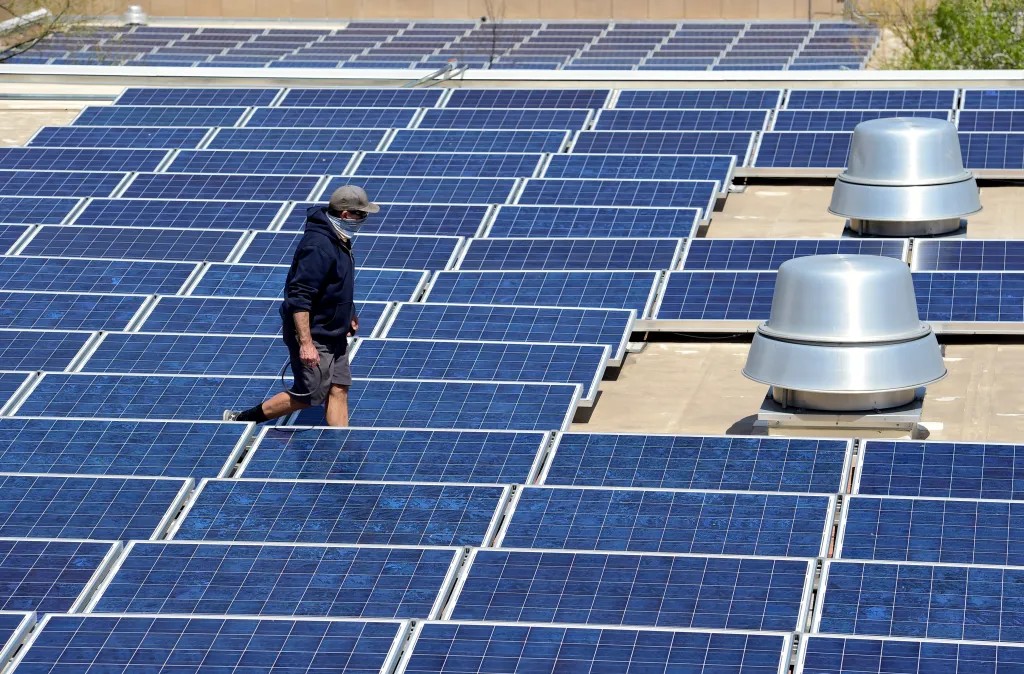The Role of Solar Cells in Mitigating Climate Change: A Global Perspective
Climate change remains one of the most pressing global issues, significantly affecting ecosystems, economies, and communities. Among the numerous strategies to mitigate climate change, transitioning to renewable energy sources stands out as a critical solution. Solar energy, in particular, has emerged as a major player, with solceller at the forefront of this transition. This article delves into the role solar cells play in reducing greenhouse gas emissions and driving a more sustainable future.
Introduction to Solar Cells
Solar cells, also known as photovoltaic (PV) cells, are devices that convert sunlight directly into electricity. Unlike fossil fuel-based energy sources, solar cells generate clean and renewable energy, emitting no greenhouse gases during electricity production. With technological advancements making solar cells more efficient and affordable, they are becoming a more viable energy option worldwide.
Climate Change: A Global Challenge
Before discussing solar cells’ role in combating climate change, it is crucial to understand the challenge at hand. Climate change refers to long-term shifts in temperature and weather patterns, largely driven by human activities, especially the burning of fossil fuels. The resulting greenhouse gas emissions trap heat in the atmosphere, leading to global warming, extreme weather events, rising sea levels, and biodiversity loss.
How Solar Cells Contribute to Climate Change Mitigation
1. Reducing Carbon Footprint
One of the most significant ways solar cells help mitigate climate change is by reducing carbon dioxide emissions. Electricity generation is a major source of greenhouse gas emissions globally. By replacing coal, natural gas, and oil with solar energy, countries can significantly lower their carbon footprints. According to the International Energy Agency (IEA), if solar energy deployment continues to increase, it could offset billions of tons of carbon dioxide annually.
2. Promoting Energy Independence
Solar cells empower nations to harness their own energy sources, reducing reliance on imported fossil fuels. This energy independence not only enhances national security but also encourages investment in local infrastructure and job creation. Moreover, decentralized solar energy systems provide a more resilient energy grid, which can withstand natural disasters and extreme weather events exacerbated by climate change.
3. Minimizing Air Pollution
In addition to mitigating climate change, solar cells help reduce air pollution, which has severe health implications. Fossil fuel combustion releases harmful pollutants such as sulfur dioxide, nitrogen oxides, and particulate matter, contributing to respiratory problems and cardiovascular diseases. By adopting solar energy, communities can experience cleaner air and a higher quality of life.
Advances in Solar Cell Technology
1. Improved Efficiency
Over the past decade, solar cell efficiency has improved dramatically. Researchers have developed advanced technologies, such as perovskite solar cells and multi-junction cells, which can convert more sunlight into usable energy. These innovations are making solar energy more competitive with traditional energy sources, driving further adoption.
2. Lowering Costs
The cost of solar energy has dropped by over 80% since 2010. As manufacturing processes become more streamlined and economies of scale take effect, solar cells are becoming increasingly affordable. This cost reduction makes solar power an attractive option for both developed and developing countries, enabling widespread implementation.
3. Energy Storage Integration
One challenge with solar energy is its intermittent nature, as solar cells only generate electricity when the sun is shining. However, advancements in energy storage, such as lithium-ion and solid-state batteries, are addressing this limitation. Coupled with solar cells, energy storage solutions ensure a consistent power supply, even during cloudy days or nighttime.
Global Adoption of Solar Energy
1. Leading Countries in Solar Adoption
Countries like China, the United States, and Germany are leading the way in solar energy adoption. China, for instance, has made significant investments in solar infrastructure, becoming the world’s largest producer of solar panels. Meanwhile, Germany’s Energiewende policy has driven a large-scale transition to renewable energy, with solar playing a pivotal role.
2. Solar Energy in Developing Countries
Solar cells are also transforming energy access in developing countries. In regions without reliable electricity grids, off-grid solar systems are providing power to millions of people. This development not only reduces emissions but also supports economic growth, education, and healthcare by enabling access to electricity.
The Economic Benefits of Solar Energy
The economic impact of solar cells extends beyond environmental benefits. The solar industry has become a significant source of employment, creating millions of jobs worldwide. From manufacturing and installation to maintenance and research, solar energy offers a wide range of job opportunities. Additionally, as solar energy becomes more mainstream, it helps stabilize energy prices, making energy more affordable for consumers.
Challenges Facing Solar Energy Expansion
Despite its many advantages, solar energy faces challenges that need to be addressed. These include:
- Intermittency: As mentioned, solar energy production is dependent on weather conditions and daylight availability. Investing in energy storage and smart grids can help mitigate this issue.
- Land Use and Environmental Concerns: Large-scale solar farms require significant land areas, which can impact local ecosystems. Careful planning and the use of rooftops or degraded land can minimize environmental harm.
- Resource and Material Constraints: The production of solar cells requires materials like silicon, silver, and rare earth metals. Sustainable sourcing and recycling initiatives are essential to address resource limitations.
The Future of Solar Energy in Combating Climate Change
The future of solar cells looks promising as technology continues to advance and costs decline. Governments, corporations, and individuals are increasingly committing to renewable energy targets, driving further investment in solar infrastructure. Innovations such as solar windows, solar-powered transportation, and more efficient photovoltaic materials are poised to revolutionize the energy landscape.
Conclusion
The role of solar cells in mitigating climate change cannot be overstated. By providing a clean, renewable, and increasingly cost-effective energy source, solar cells are helping reduce greenhouse gas emissions, improve air quality, and foster global energy independence. However, to maximize their impact, continued investment, innovation, and policy support are crucial. As the world faces the daunting challenge of climate change, solar energy remains a beacon of hope for a more sustainable and resilient future







